Is Open Cell Spray Foam Safe for Indoor Use?
When you’re trying to insulate a space—especially one where people spend a lot of time—you want answers that don’t sound like a chemistry lecture. You want to know if open cell spray foam insulation service is safe to use indoors, or if it’s going to leave your place smelling like a science project gone wrong.
There’s a lot of buzz about how efficient spray foam is, but when you peel back the marketing, people really want to know: Is this stuff okay to breathe around? Will it mess with my walls, my health, or the air quality? Let’s break it down so you don’t have to Google your way through rabbit holes.
How Open Cell Spray Foam Works Indoors
Open cell spray foam is a lightweight, expanding insulation material that fills gaps in walls, ceilings, and floors.
It’s made to improve indoor energy efficiency by creating an airtight seal, but its performance indoors depends heavily on installation timing, ventilation, and curing.
How It Expands and Cures
- Open cell spray foam expands rapidly, filling cavities up to 100x its original size.
- After spraying, it takes 24 to 48 hours to fully cure and stop off-gassing.
- Once cured, it becomes inert—meaning it no longer emits chemicals or smells.
Common Indoor Applications
- Interior Walls: Controls sound between rooms and reduces airflow.
- Attics and Roof Decks: Provides continuous thermal coverage in tricky shapes.
- Floors Over Garages or Crawl Spaces: Stops drafts and moisture from moving upward.
Fun Fact: Open cell foam is about half a pound per cubic foot—making it light enough not to add strain on older framing.
Health Considerations of Using Open Cell Foam Indoors
Most of the concern around spray foam safety comes down to what’s released into the air—either during or after installation.
Once cured, open cell foam is generally safe. The issue lies in proper handling during install and allowing enough time for it to off-gas.
What Happens During Off-Gassing?
- When sprayed, foam releases isocyanates—a family of chemicals that can irritate lungs and skin.
- These emissions decrease rapidly within the first 24 hours.
- Ventilation during and after install is key. No one should occupy the space while foam cures.
Indoor Air Quality Impact
- After curing, the foam stops emitting VOCs (volatile organic compounds).
- Indoor air quality returns to baseline levels within 1–3 days if ventilation is adequate.
- Long-term studies haven’t linked properly cured open cell foam to chronic health issues.
Fun Fact: Some newer spray foam formulas are made with water-blown agents instead of harsh blowing chemicals, reducing VOC release even more.
Comparing Open Cell to Other Indoor Insulation Types
If you’re wondering whether open cell foam is safer than fiberglass or rigid foam boards, it helps to look at what each material brings to the table—especially when used indoors.
| Feature | Open Cell Spray Foam | Fiberglass Batt | Rigid Foam Board |
|---|---|---|---|
| Air Sealing | Excellent | Poor | Moderate |
| Sound Dampening | High | Moderate | Low |
| Chemical Exposure During Install | High (temporary) | Low | Low |
| Post-Install Emissions | None after curing | Possible (formaldehyde) | Very Low |
| Mold Resistance | Moderate (needs dry air) | Low | High |
| Application Fit | Best for irregular spaces | Best for standard cavities | Best for flat surfaces |
Open cell foam tends to perform better in sealing and sound control, but requires careful install handling. Fiberglass is less risky short-term but allows air and moisture through gaps. Rigid boards are chemically stable but limited by shape and fit.
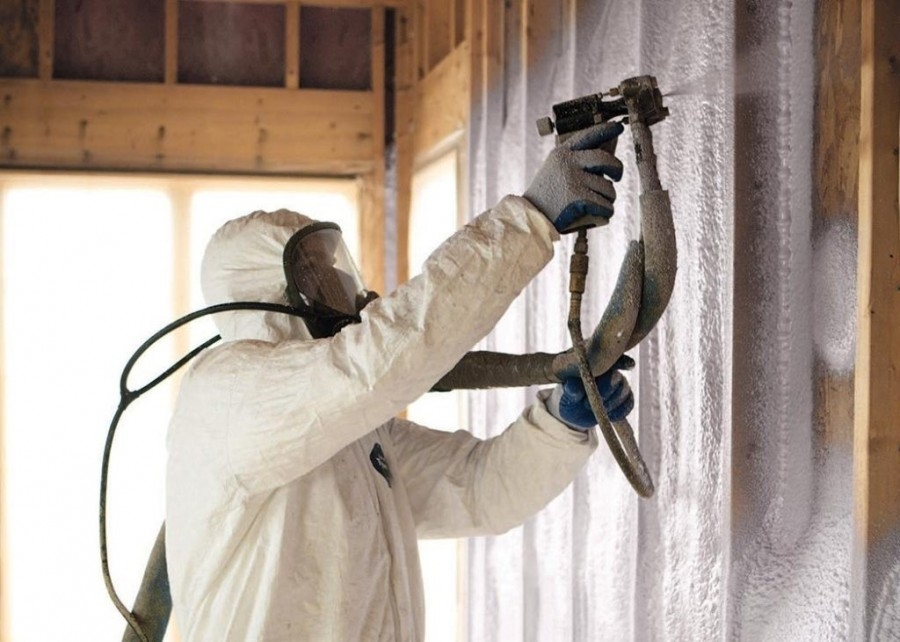
Can It Be Left Exposed Indoors?
Not all insulation needs to be hidden behind drywall. But open cell foam has some limitations when it comes to exposure—especially in areas where building codes or fire safety rules kick in.
Flame Retardant Requirements
- Open cell spray foam must often be covered with a thermal barrier—like drywall—to meet fire codes.
- Exposed foam can be a fire risk unless treated with an ignition barrier spray.
Moisture and UV Exposure
- It’s not made for high-moisture or direct sunlight areas.
- Indoor exposure is fine as long as it stays dry and away from high heat sources.
So, yes—it can be exposed in some utility rooms or garages if it meets local safety code. But in most residential or commercial interiors, you’ll be finishing it with drywall or a similar cover.
What Happens If It’s Installed Wrong?
This is where things go sideways. Spray foam that’s installed too thick, in poorly ventilated rooms, or with the wrong mix ratio can stay soft, keep off-gassing, and create long-term problems.
Risks of Bad Installation
- Prolonged odors and chemical smell
- Foam not curing properly (feels tacky or soft)
- Poor adhesion to surfaces (leads to cracks and gaps)
- Need for full removal—which is expensive and labor-heavy
Signs of a Proper Installation
- No lingering odor after 48 hours
- Firm, fully cured foam with no surface residue
- Consistent coverage in cavities and corners
- Normal indoor air levels after re-entry
A good install is invisible in the best way—no smell, no drafts, and no weird sounds echoing through the walls.
Conclusion
Open cell spray foam is safe for indoor use when it’s installed correctly. The foam itself isn’t the problem—it’s the chemistry during the install and whether anyone cuts corners on curing or ventilation.
Most of the safety concerns fade within a couple of days, and once cured, it’s just sitting there doing its job—keeping air from leaking and sound from traveling. If your installer knows what they’re doing, and you’re patient enough to give it a day or two to settle, you’re in good shape. Choosing a reliable spray foam insulation company ensures the installation is handled safely and effectively for lasting results.
The takeaway? Ask questions before install. Plan to stay out for a bit. And make sure the foam gets time to breathe before you do.
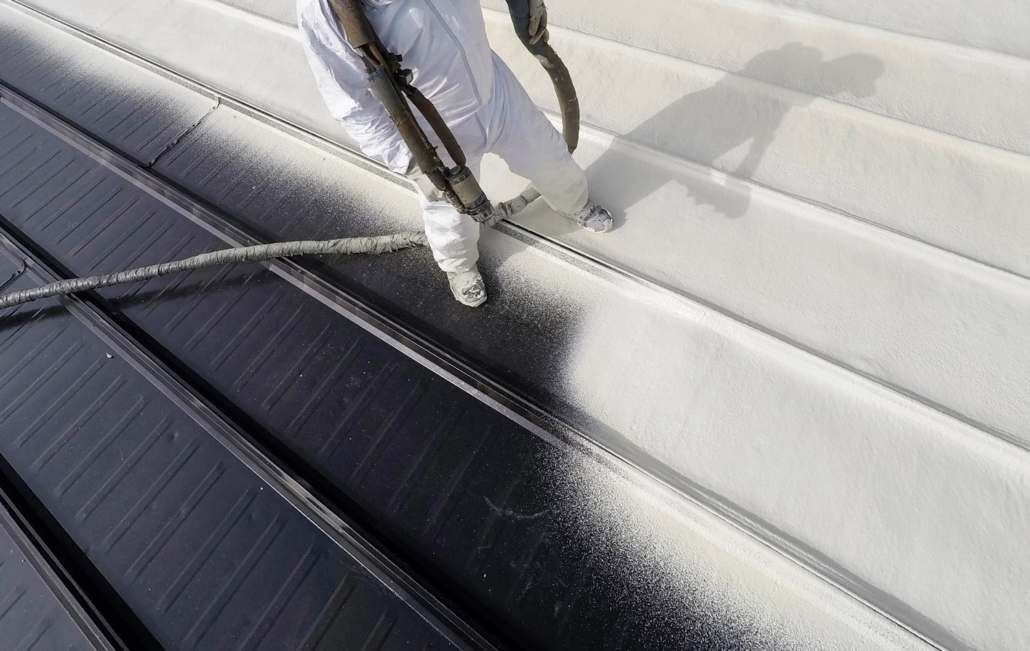
FAQs
How long should I wait before using a room after installing open cell spray foam? At least 24 hours, but ideally 48. This gives the foam time to fully cure and finish off-gassing.
Does open cell foam smell after installation? It can smell mildly during the curing process. If the smell lingers beyond 2–3 days, that might point to a bad mix or ventilation problem.
Is an open cell safer than closed cell for indoor use? Both are safe after curing, but open cell is less dense and more breathable—making it more suitable for interior walls and sound control.
Can open cell spray foam be left uncovered indoors? Usually not. It needs a thermal or ignition barrier like drywall unless your local code allows exposure in certain areas like attics.
What if I feel irritation or headaches after installation? Leave the area immediately and ventilate. If symptoms continue, call an indoor air quality specialist to test VOC levels.
Reviewer
Olivia Thompson has spent 10 years working in spray foam insulation, helping companies grow their visibility. She reviewed this article and provided valuable suggestions on how to better align the content with the needs and expectations of customers, ensuring it resonates with the target audience.




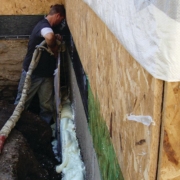
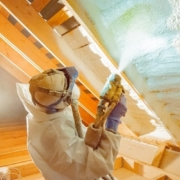
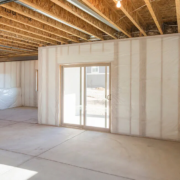
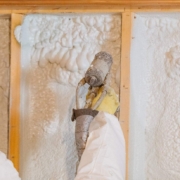
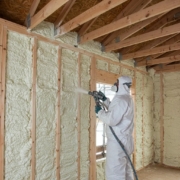
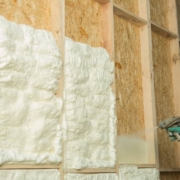

Leave a Reply
Want to join the discussion?Feel free to contribute!